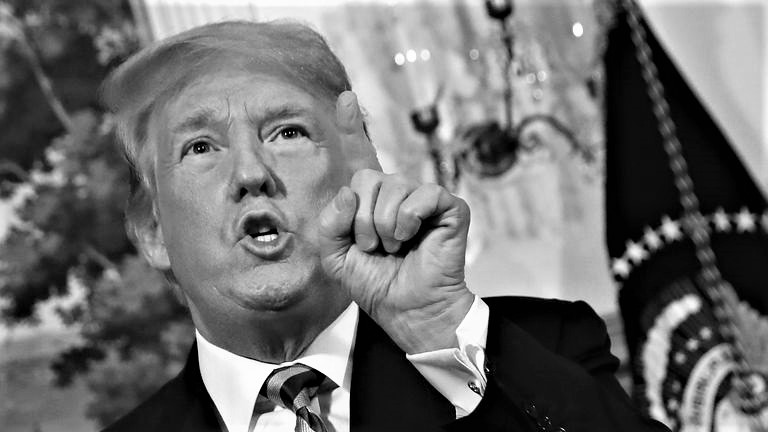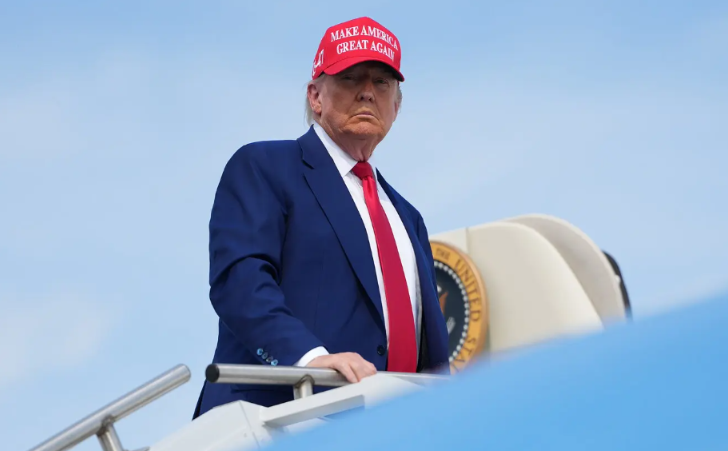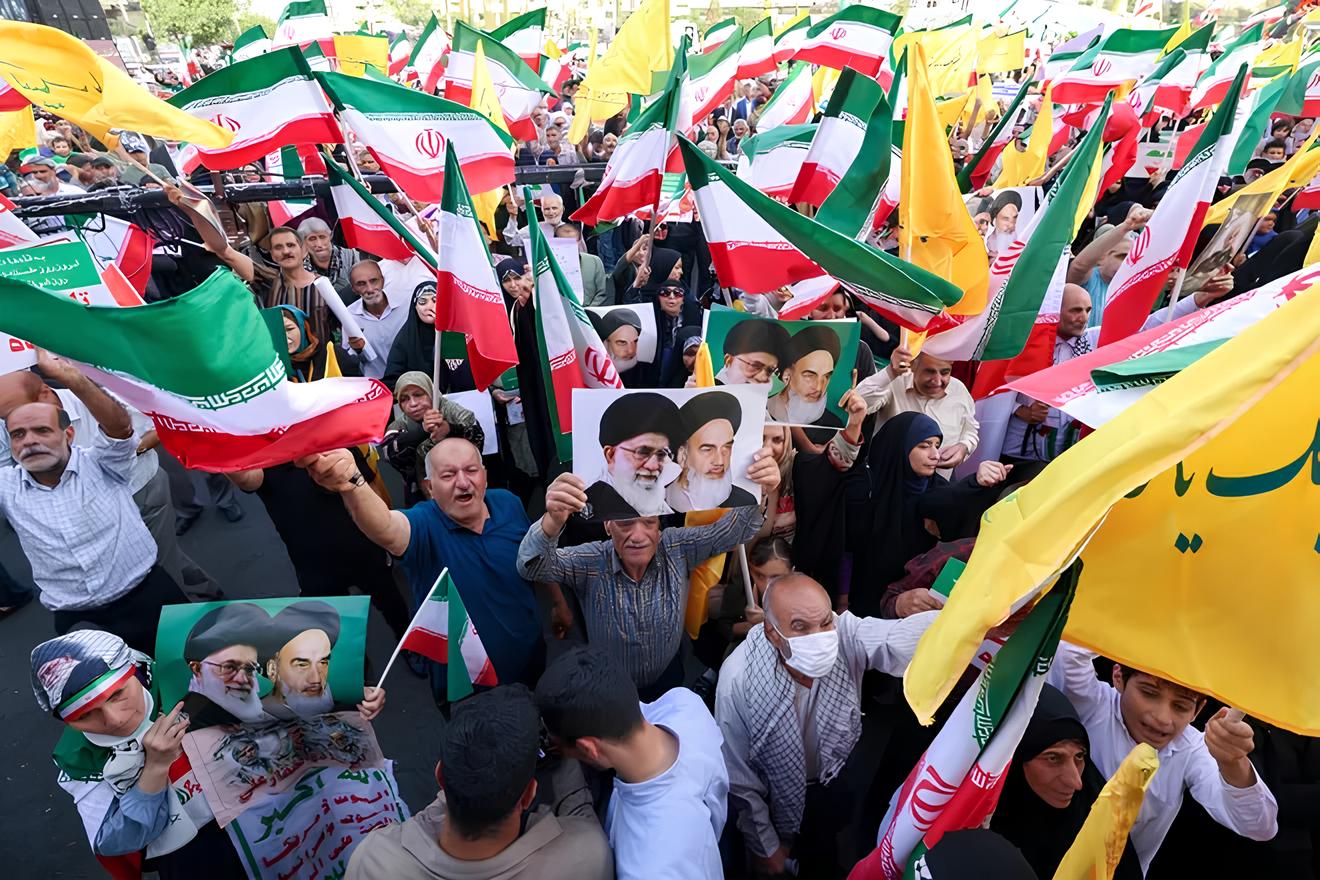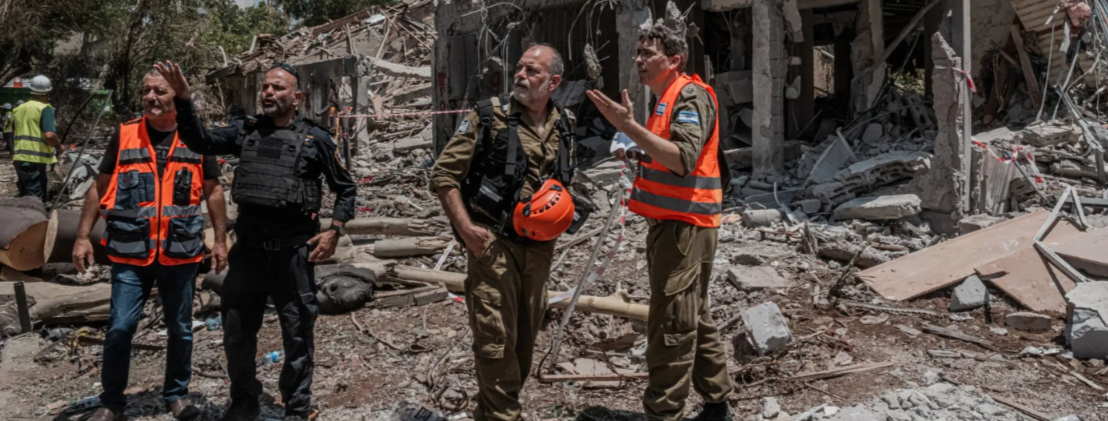Overview of the Trump Iran Strike Decision
President Donald Trump’s recent decision to launch airstrikes targeting Iran’s nuclear enrichment sites marks a pivotal moment in U.S. foreign policy and Middle East geopolitics. This move, announced on June 22, 2025, involves strikes on three key Iranian nuclear facilities, including the highly secure Fordo site, which has been at the center of international concern due to its role in Iran’s nuclear weapons potential125.
Background and Context of the Strike Decision
Trump’s administration has long opposed Iran’s nuclear ambitions, having withdrawn from the Joint Comprehensive Plan of Action (JCPOA) during his first term and reimposed stringent sanctions aimed at crippling Iran’s nuclear program. Despite initial hopes for renewed diplomacy during his second term, negotiations have repeatedly stalled. The recent escalation follows months of rising tensions between Iran and Israel, exacerbated by Iran’s support for groups hostile to Israel, such as Hezbollah and Hamas3.
The decision to strike comes after careful deliberation and intelligence briefings that emphasized the risk of Iran rapidly advancing its nuclear weapons capability. According to sources, Trump believed disabling the Fordo site was essential to prevent Iran from producing nuclear weapons in the near future2. The president delayed the final decision for two weeks to allow for potential diplomatic negotiations, but ultimately concluded that military action was necessary after talks failed to yield progress35.
Strategic and Political Implications of the Trump Iran Strike Decision
Impact on U.S. Foreign Policy and Presidency
The strike represents a significant gamble for Trump’s presidency. It signals a willingness to use military force decisively, contrasting with his earlier rhetoric opposing prolonged Middle East conflicts. If successful in crippling Iran’s nuclear capabilities without triggering a broader war, Trump could claim a major foreign policy victory that reinforces U.S. strength against adversaries like China and Russia1.
However, the move has also deepened divisions within Trump’s political base. Prominent figures in the MAGA coalition, including Steve Bannon and Tucker Carlson, have criticized the strikes as a betrayal of Trump’s anti-interventionist promises. This internal dissent highlights the complex balancing act Trump faces between maintaining his “America First” agenda and responding to international security threats4.
Reactions from Global Powers and Regional Allies
European allies, including the UK, France, and Germany, have urged last-minute diplomatic efforts to avoid military escalation. High-level talks in Geneva aimed to find a peaceful resolution, but Iran insisted on a cessation of Israeli hostilities before engaging in negotiations3. Russia and China, both parties to the original JCPOA, have also expressed concern over the strikes, fearing destabilization of the oil-rich Middle East and broader geopolitical repercussions.
The strikes have intensified the already volatile Israel-Iran conflict, with the U.S. now more directly involved. This raises the risk of Iranian retaliation against U.S. interests and allies in the region, potentially igniting a wider conflict57.
Analysis of the Military Operation and Its Execution
The operation was executed with high secrecy and precision. Reports indicate that by the time Trump was at his golf club in New Jersey on the evening of June 20, the airstrikes were imminent5. The U.S. military targeted nuclear facilities critical to Iran’s uranium enrichment program, aiming to degrade Iran’s ability to produce weapons-grade material quickly.
The administration’s strategy included delaying public announcements and decision-making to maintain operational security and to keep diplomatic channels open until the final moments5. This dual approach underscores the complexity of balancing military action with ongoing diplomatic efforts.

Economic and Market Impact of the Trump Iran Strike Decision
The escalation in the Middle East has unsettled global markets, particularly energy markets given the region’s role in oil production. Investors have sought safe-haven assets amid fears of supply disruptions and broader instability. Defense stocks and companies involved in military technology have seen increased attention as the prospect of prolonged conflict looms3.
Future Outlook and Potential Scenarios
The Trump Iran strike decision opens several possible future scenarios:
- Diplomatic Resolution: Continued international pressure and negotiations could still lead to a de-escalation if Iran agrees to halt its nuclear program and cease support for militant groups.
- Protracted Conflict: Iranian retaliation could trigger a wider regional war involving proxies and direct confrontations with U.S. and Israeli forces.
- Political Fallout in the U.S.: The strike may deepen partisan divides and affect Trump’s political capital and the future of the MAGA movement47.
Conclusion: The Trump Iran Strike Decision as a Defining Moment
President Trump’s decision to strike Iran’s nuclear sites is a defining moment with far-reaching consequences. It reflects a shift from diplomatic efforts to military action aimed at curbing Iran’s nuclear ambitions and reshaping U.S. influence in the Middle East. The move carries significant risks, including regional destabilization and political backlash, but also the potential to alter the strategic balance in the region.
Visit more news: WhyTrends




